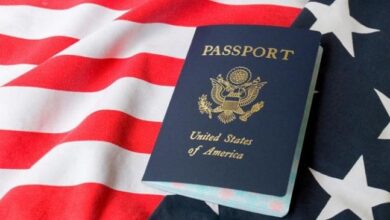Carbonated waters have become a staple in the beverage world, with options like club soda and soda water gracing our glasses. While they may seem similar, a closer look reveals distinct differences in their composition, origins, and flavors. In this blog post, we’ll explore the nuances between soda water and club soda, shedding light on their production processes, nutritional aspects, and even their historical roots.
Carbonated Water Basics:
Carbonated water, also known as sparkling water, is a broad term encompassing various fizzy beverages. It can be either naturally occurring or artificially carbonated. Club soda and soda water are two popular types, often used interchangeably, leading to confusion among consumers.
The Distinction Between Soda Water and Club Soda:
- Ingredients and Additives:
- Soda Water: Naturally carbonated, soda water contains only two ingredients – water and carbon dioxide. The carbonation occurs through a process where carbon dioxide is reintroduced after separating it from the water.
- Club Soda: Artifically carbonated, club soda features added minerals and salts like sodium bicarbonate, disodium phosphate, sodium citrate, and sodium chloride. These additives enhance flavor and contribute to the drink’s unique taste.
- Origins:
- Soda Water: Originating from natural mineral springs, soda water’s carbonation process involves separation and reintegration of carbon dioxide, creating a crisp and refreshing drink.
- Club Soda: Hailing from Dublin, Ireland, club soda was commercialized in 1877 as a health-enhancing beverage. It gained popularity for its supposed ability to neutralize lactic acid in the blood.
- Historical Roots:
- Carbonated Water: In 1767, Joseph Priestley stumbled upon carbonated water accidentally while experimenting with a gas mixture over a beer vat. His discovery paved the way for the creation of soft drinks.
- Club Soda: Named after the Kildare Street Club in Dublin, club soda was authorized for production by Cantrell and Cochrane in 1877.
Other Forms of Carbonated Water:
Beyond soda water and club soda, carbonated water takes various forms:
- Seltzer Water: Similar to soda water, it is artificially carbonated.
- Mineral Water: Originating from springs, it can be flat or carbonated.
- Tonic Water: Contains quinine and calories, often sweetened to balance bitterness.
Taste and Nutrition:
- Taste:
- Soda Water: Naturally carbonated, it can have a slightly sour taste due to the carbonic acid formed during the carbonation process.
- Club Soda: Varied taste among producers, often described as salty due to added sodium.
- Nutrition:
- Soda Water: Healthier option with no added minerals, making it a natural and calorie-free choice.
- Club Soda: Contains added minerals, potentially contributing to a distinct taste and slightly higher caloric content.
Conclusion:
In the world of carbonated waters, understanding the differences between soda water and club soda allows consumers to make informed choices based on preferences and health considerations. Whether you prefer the natural simplicity of soda water or the enhanced flavors of club soda, both options offer a bubbly twist to quench your thirst. So, the next time you reach for a fizzy beverage, savor the nuances that make each sip unique.
